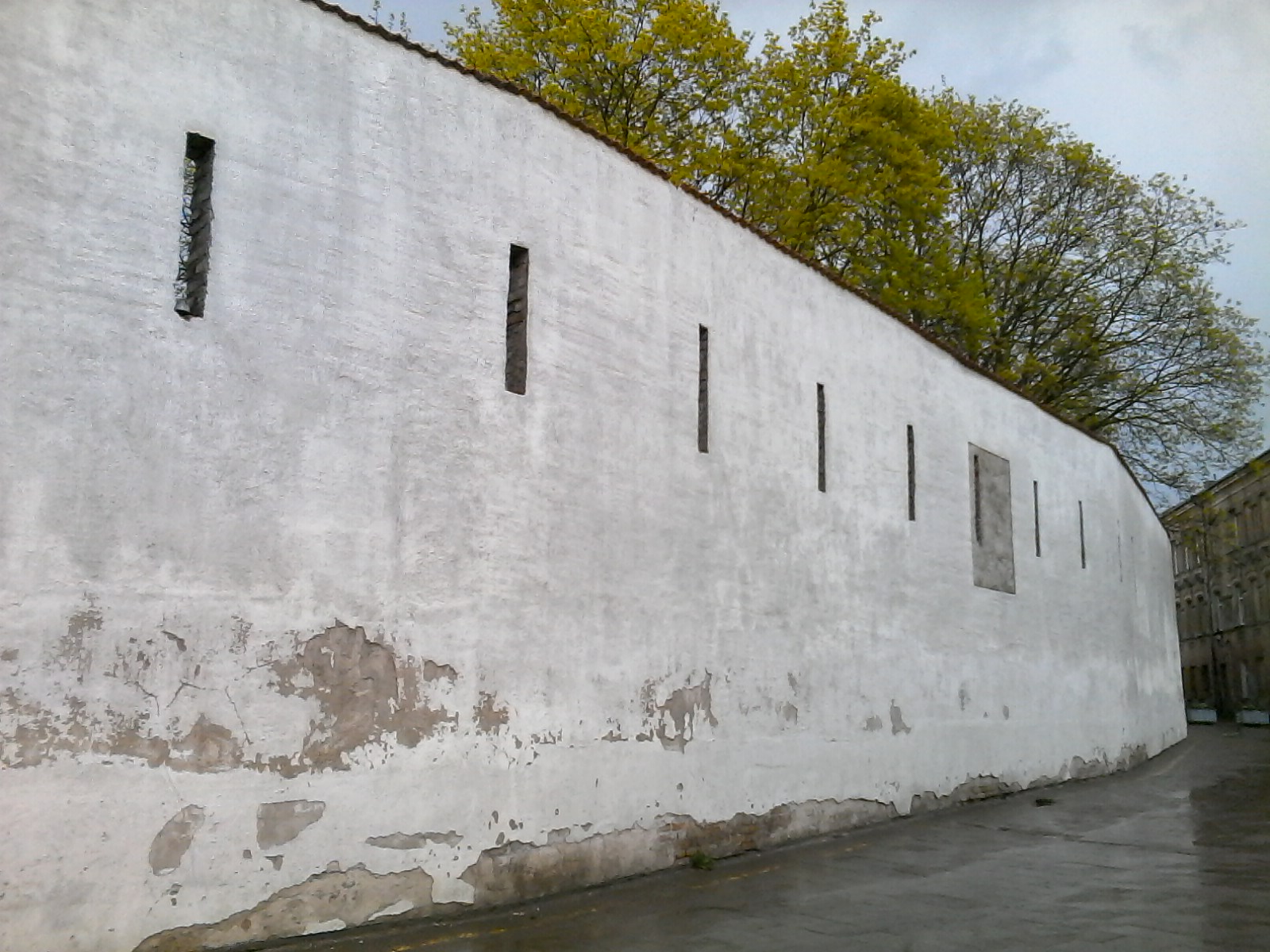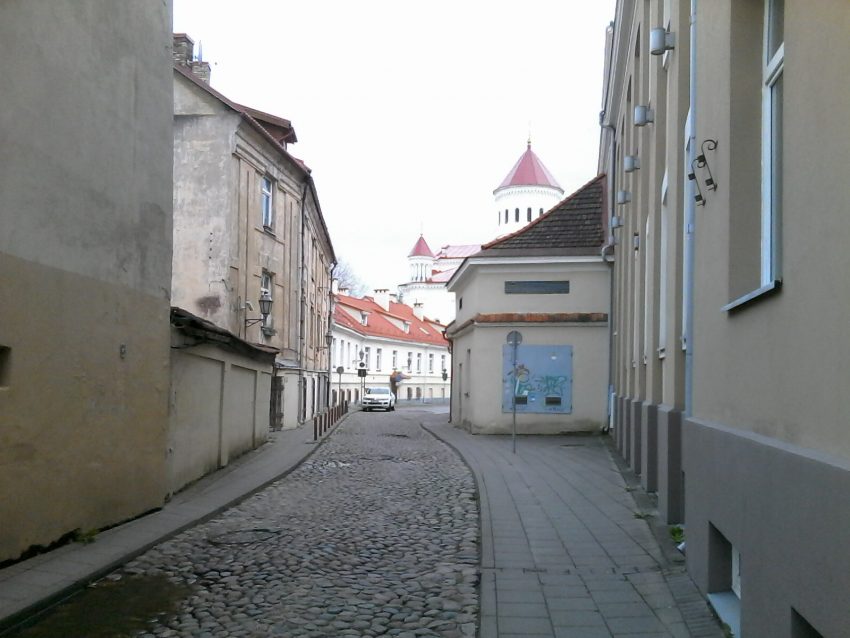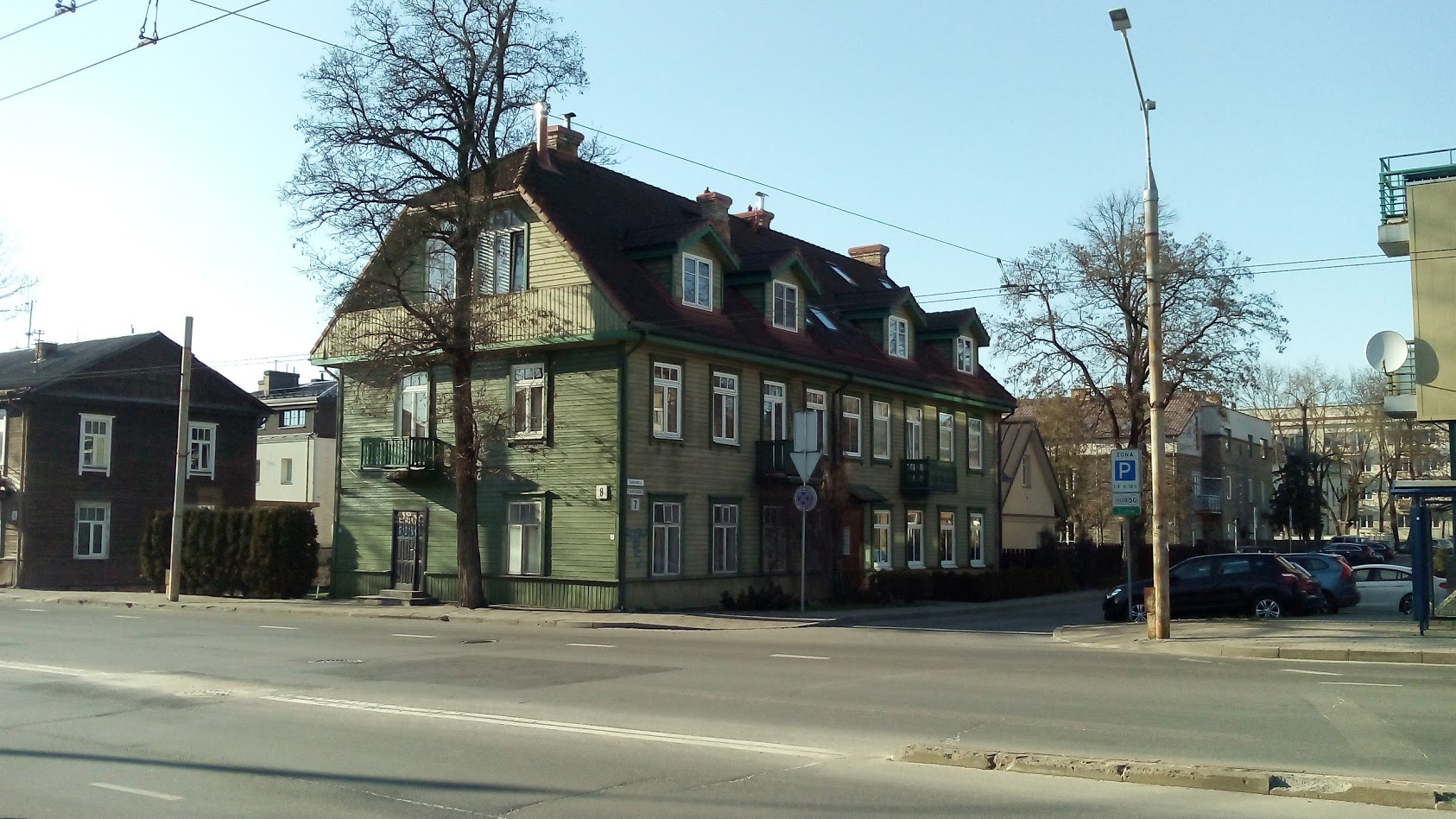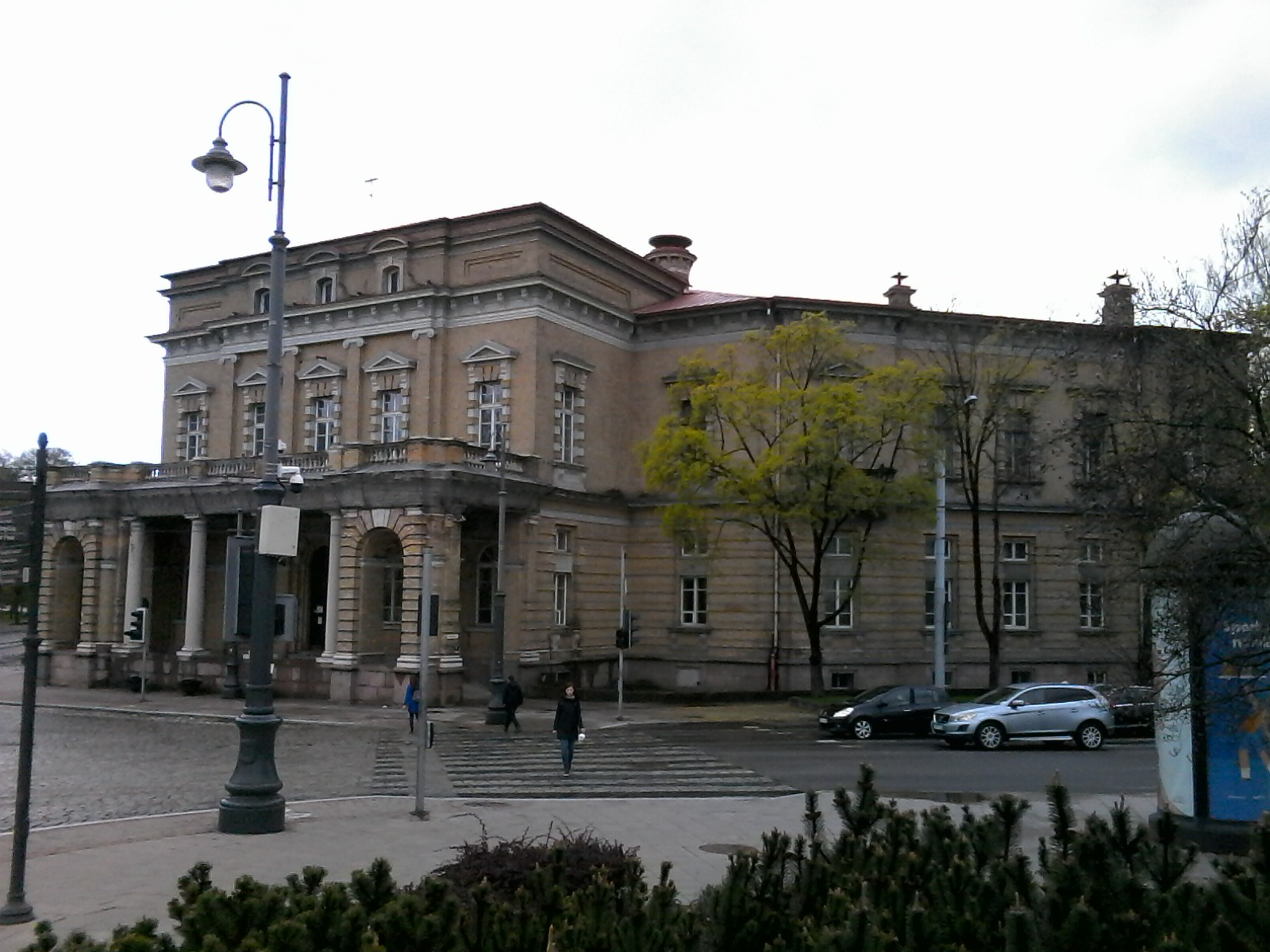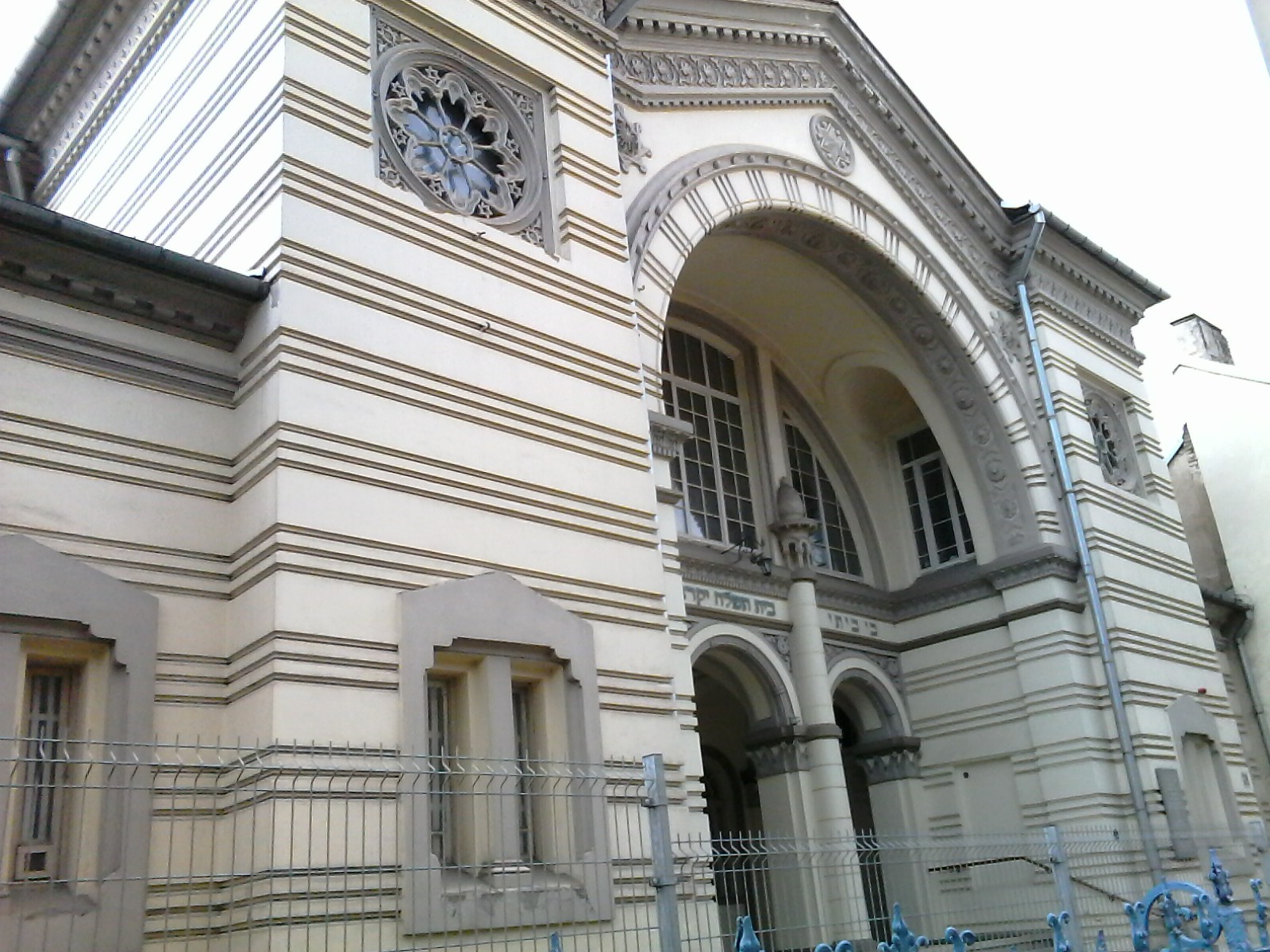Today, the Verkiai Palace in Vilnius consists only of its two wings, or “officinae”. The west wing, with its four-column portico, looks much as it did in the late 18th century when it was built […]
Tag: Vilnius
The Ensemble of the Verkiai Estate
The Ensemble of the Verkiai estate is known as Versailles of Vilnius. The Verkiai estate forms a triaxial ensemble with Trinapolis and the Calvary […]
Užupis Art Incubator (2)
The River of Vilnia and its shores are used for sculptures, and installations, as well as for festivals, concerts and plenaries […]
Užupis Art Incubator (1)
Užupis Art Incubator is a special cultural organization in Vilnius that is located on the shores of the River Vilnia […]
The Defensive Wall of Vilnius
In 1503-1522, Vilnius was surrounded by a defensive wall. The construction of a brick defensive wall around Vilnius was provided for in the privilege of King of Poland and Grand Duke Jogaila of March 22nd, 1387, by which the Magdeburg Law was granted to the city […]
The Russian Street in Vilnius
The Russian Street (Rusų gatvė) in the Old Town of Vilnius was in the Middle Ages the backbone of the Russian (East European Christian Orthodox) Quarter of the city […]
Traditional Wooden Houses in Žvėrynas
Žvėrynas is a suburb in Vilnius on the right bank of the Neris River, presently in the process of urbanistic merging with the city centre […]
Stiklų St. in the Old Town in Vilnius
Stiklų St. is one of the oldest and most important streets in the Old Town of Vilnius that is as well as one of the most attractive streets for the tourists […]
The Wroblewski Library of the Lithuanian Academy of Sciences
By the Neris riverside in Vilnius, there is the Library palace built-in 1885 on the site where the old estate of the magnate family of Radziwiłł was […]
Choral Synagogue in Vilnius
The only working synagogue in Vilnius is built in 1903 according to the design of David Rosenhaus […]
The Church of the Holy Trinity and Trinapolis in Vilnius
Construction of the Church of the Holy Trinity took place from 1695 to 1722. The architect was the Italian master Pietro Putini […]





